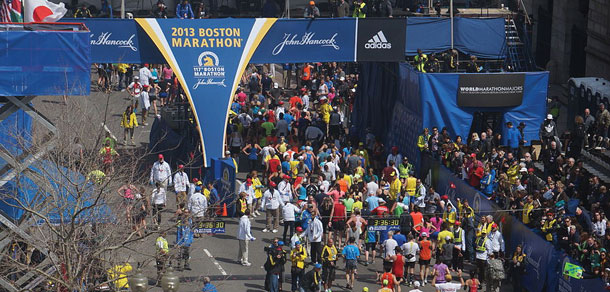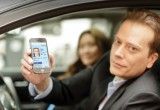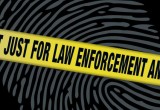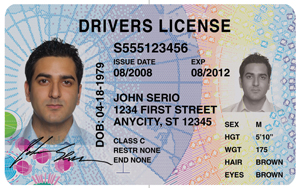Face recognition fails in Boston
Attempts to ID bombers falls short but technology succeeding in many jurisdictions
08 July, 2013
category: Biometrics, Government
The procedural crime drama on television will show a technician taking grainy surveillance camera footage, enhancing it, running it through a facial recognition database and coming up with a match in seconds.
As with many things in Hollywood, this isn’t really how it works. Media reports after the Boston Marathon bombing were critical of facial recognition technology because it didn’t help catch the two suspects despite plenty of photos and possible images in law enforcement databases that they could be matched against.
After the Sept. 11, 2001 terrorist attacks, grainy footage of hijackers going through airport security were shown on news reports. At the time, some vendors hyped facial recognition, saying it would have been able to find and stop the perpetrators from boarding the planes.
Those claims were exaggerated. That same year, high-profile trials of the technology at the Super Bowl and again in a crime-plagued area in Tampa, Fla. demonstrated that the technology was not up to the task.
Since then, however, facial recognition has made significant strides and applications of the technology have increased. Google and Facebook use it to help identify people on social networking sites. Android phone users have the option of enabling the modality to unlock handsets. Thirty-five state driver license-issuing agencies use facial biometrics to authenticate the identity of existing document holders and make sure that individuals don’t have more than one license under different names.
The technology is also more accurate, with a 2011 National Institute of Standards and Technology test demonstrating a .01% error rate with ideal images. But this concept of ideal images is where facial recognition can get tricky.
The perfect enrollment image – and the subsequent test or probe image – would be a driver license or passport photo. Probe images might not have to be as good, but the better the image the better the results. “The bottom line is that if you have a quality image to match against a quality enrollment you will have a high probability of a match,” says Jim Albers, senior vice president for Government Operations at MorphoTrust.
Mobile and social networking applications aside, facial recognition will play a key role in law enforcement as a forensic technology similar to fingerprints, Albers says. “After the event there is an opportunity to go through videos or still images and do face recognition as a forensic,” he says.
The technology may not have proven useful in the Boston Marathon case, but it can still help in other situations. “The images in that case were from a camera with a very slow frame rate and weren’t good enough to get a probe image,” Albers explains.
Also, while it’s been reported that the older brother had previously been a person of interest, it’s not known whether photos of the brothers were in any law enforcement database to search against. In the past 12-years, photo databases have increased but law enforcement still needs quality enrollment images for the technology to work.
Facial recognition is likely to become more prevalent, especially as surveillance cameras are upgraded and able to gather better quality images, Albers says. But the likelihood of being able to spot an individual in a group is still a ways off. “We’re not there yet, the technology can’t scan a crowd and pick out a bad guy,” he adds.
A sampling of successful facial recognition deployments
In February, authorities in New Jersey arrested 38 people in Operation Facial Scrub. The list included five sex offenders and 29 people who, despite having suspended licenses, obtained fraudulent licenses. Of these, some had multiple DUI offenses and even used their false identities to obtain commercial driver licenses to operate trucks or buses.
In March, the State of New York announced it had investigated 13,000 possible cases of identity fraud in the three years since facial recognition technology was implemented by the Department of Motor Vehicles, resulting in more than 2,500 arrests.
The State of South Carolina uses facial recognition technology to help local law enforcement agencies identify and arrest suspects in cases involving shootings, murder, prison gang smuggling and more.
Pinellas County, Florida, has solved hundreds of cases – including bank robbery and armed robbery – by running suspect photos through facial recognition software.




